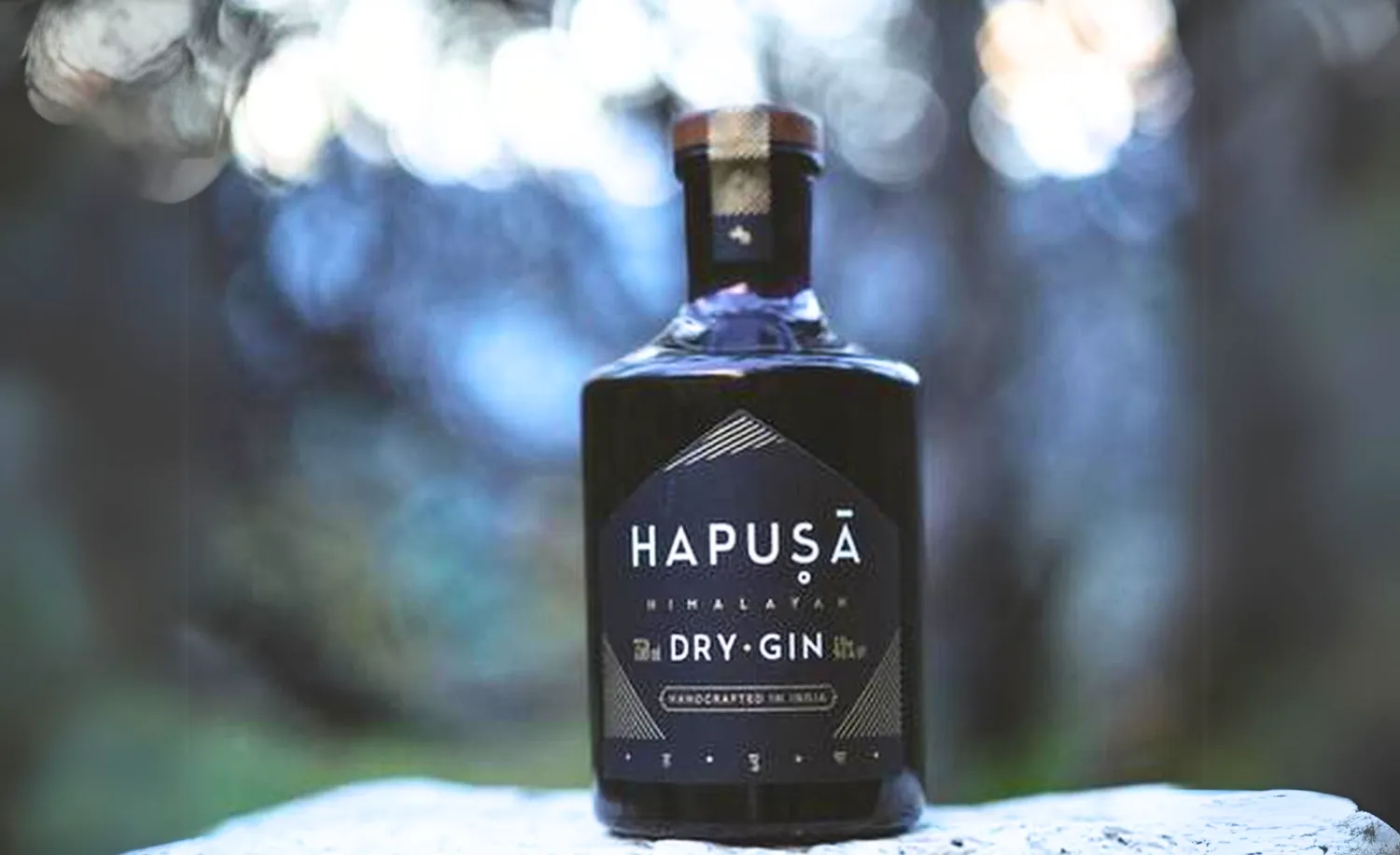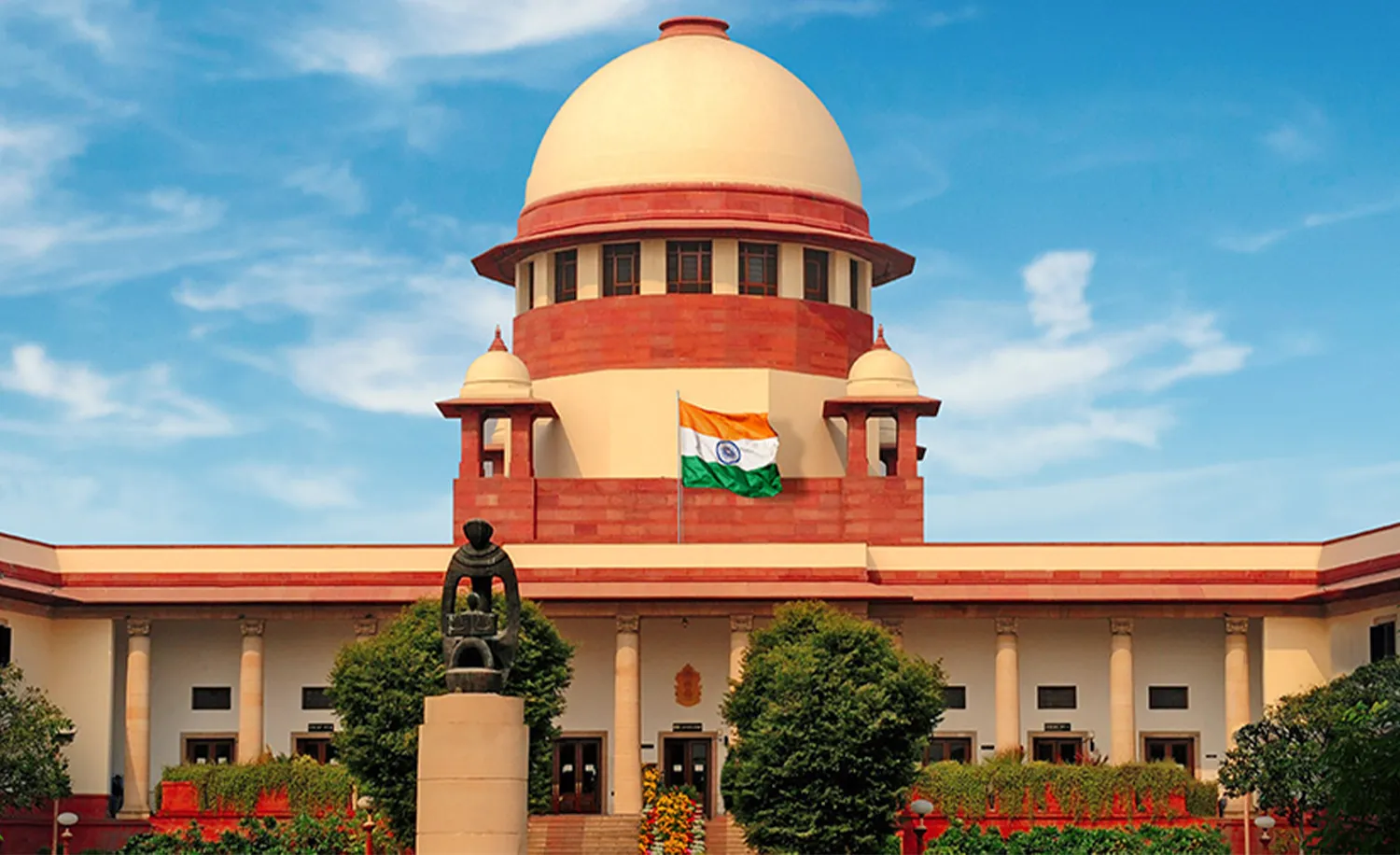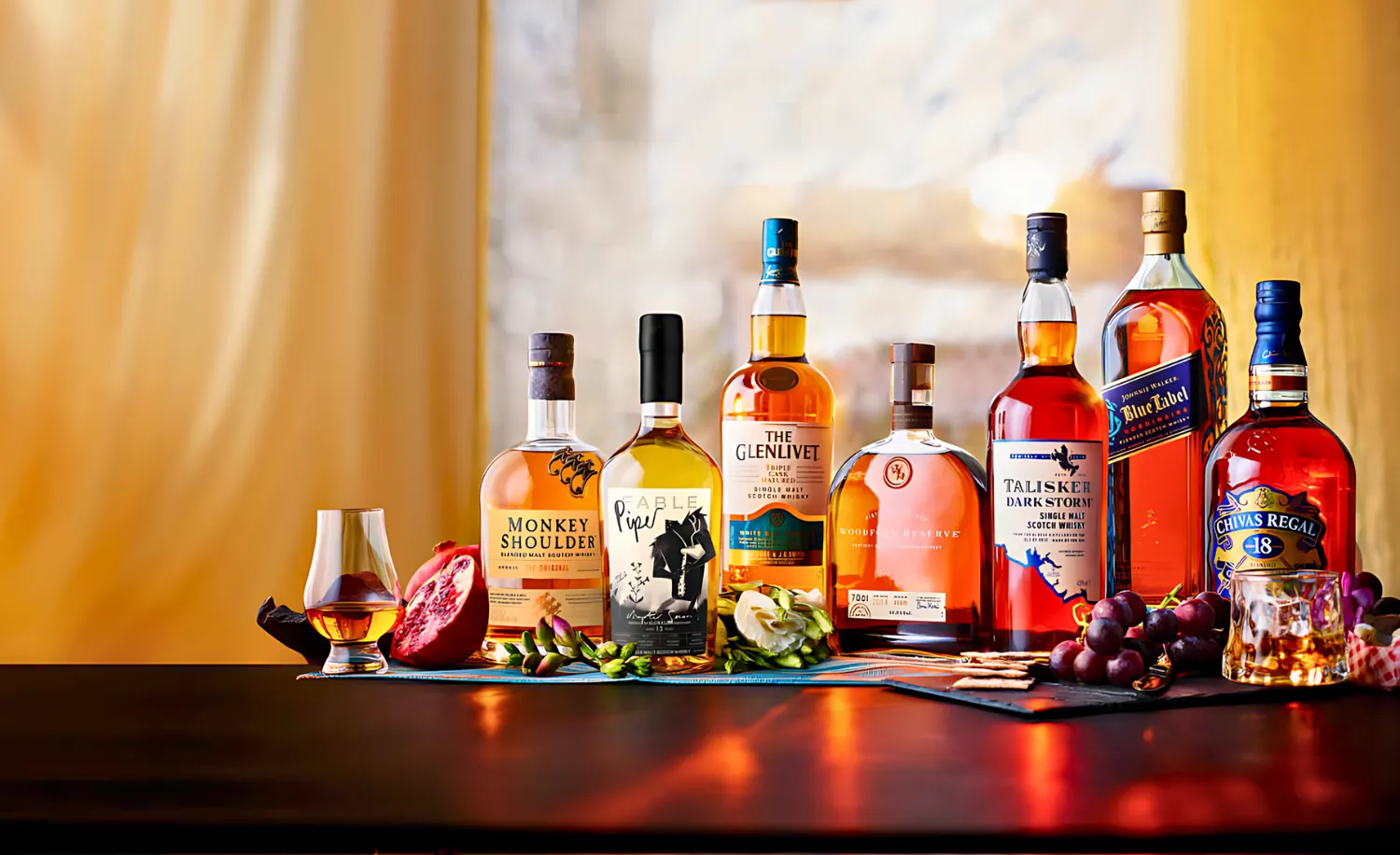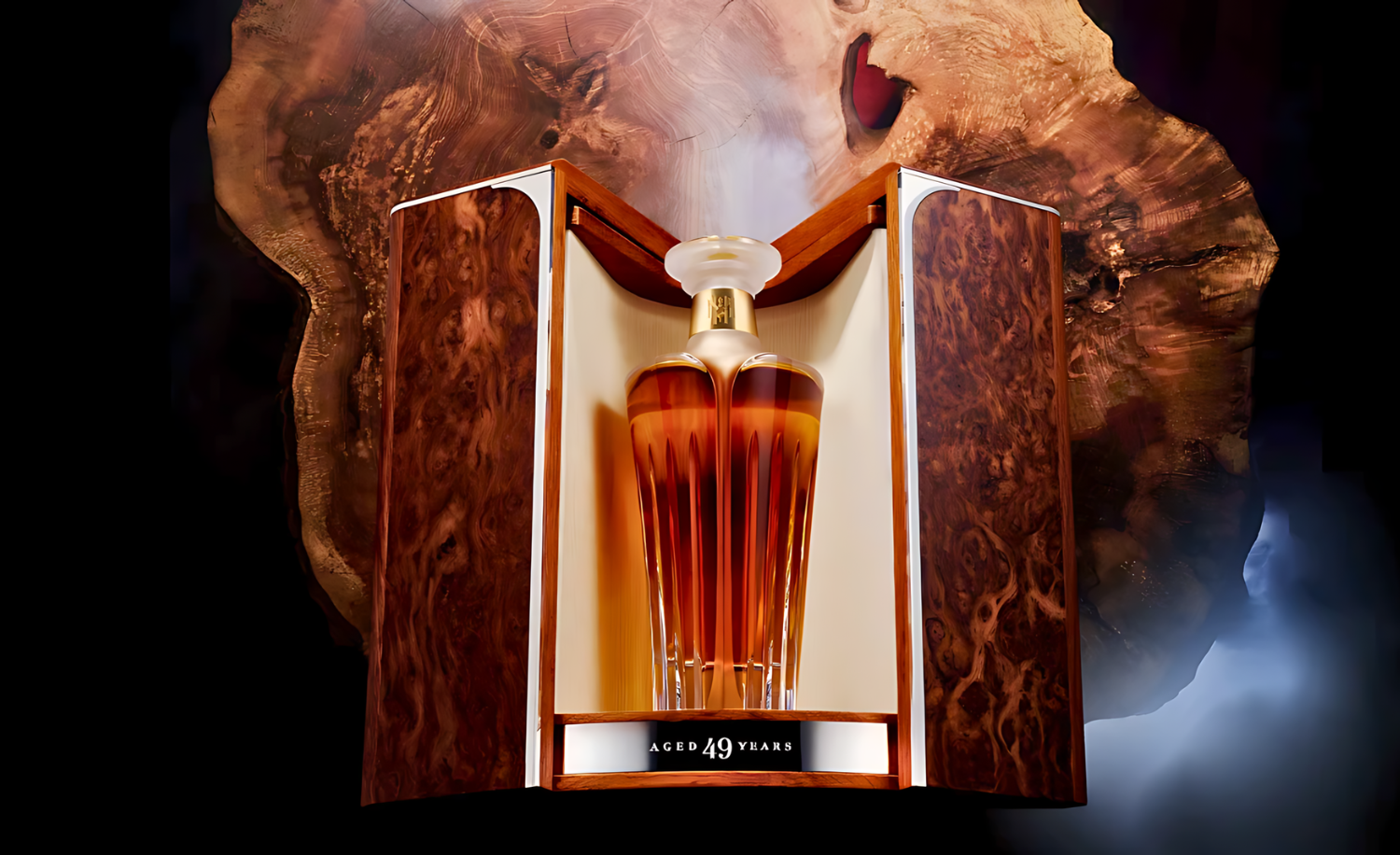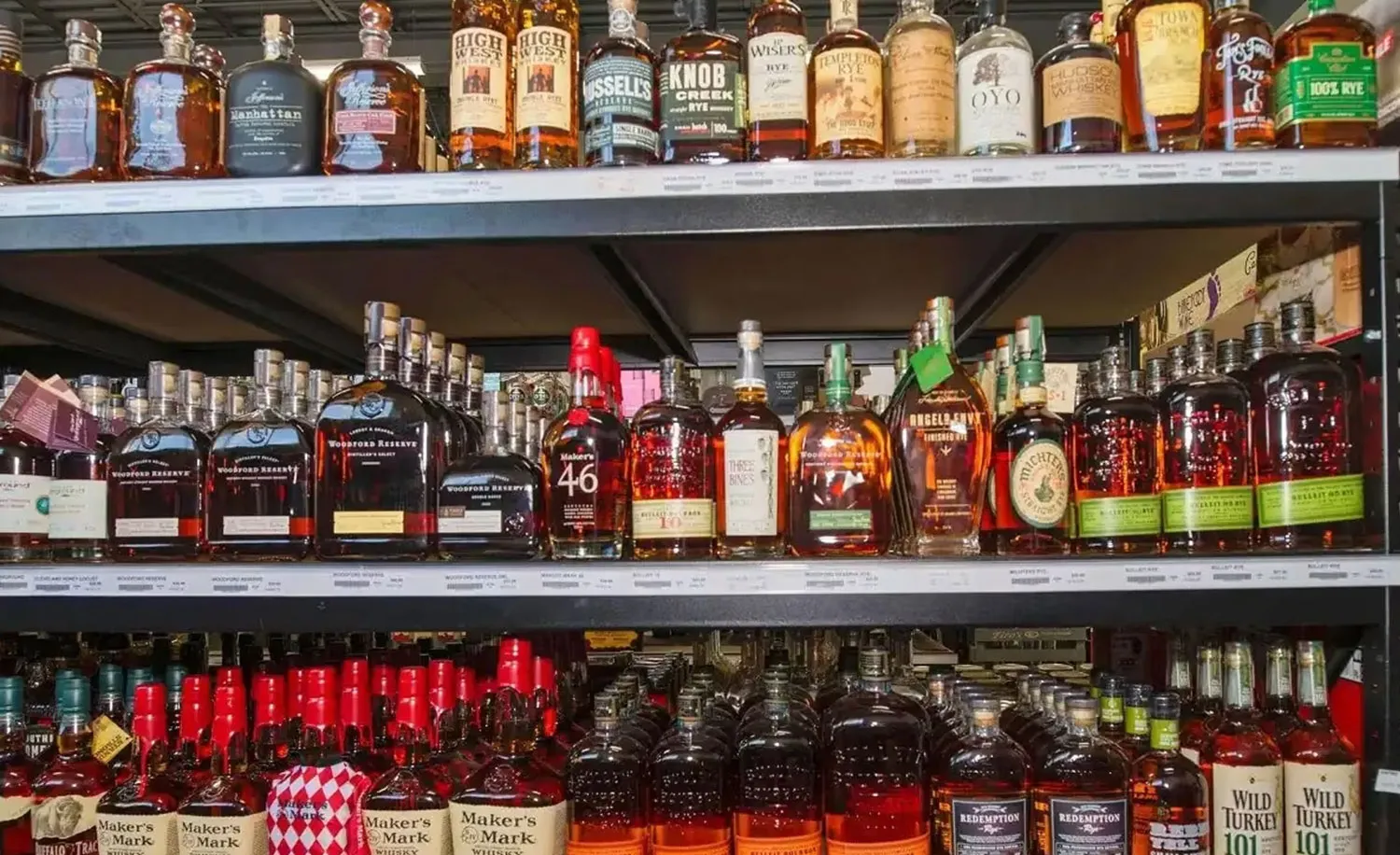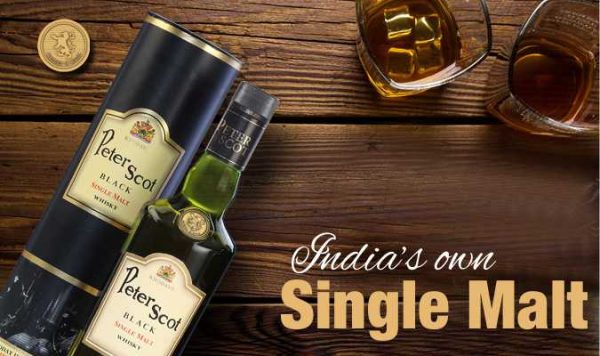Where the spirited and the spiritual come together
When you drink a Chimay beer, you are not only celebrating heritage, but also a concern towards social causes, according to Edwin Dedoncker, Managing Director, and Chimay Peres Trappistes. The reason is not hard to fathom. After all, this is a Trappist brewery that is set against the backdrop of a long religious history and a strong drive towards charity. But a Chimay beer is more than just history and charity, it is also about quality and adherence to certain values. Edwin Dedoncker shares his insights with Shalini Kumar about what goes into brewing these beers, its history, entering the Indian market and much more…
A premium beer brewed by austere monks within the cloisters of a medieval abbey might sound like a bit of paradox. But not in Belgium, popular world-wide for its Trappist beers brewed in monasteries by the Trappist- Cistercian monks. The Trappist monks were members of a branch of the Roman Catholic Cistercians who were followers of St Benedict. These monks who were living in France had to flee after the start of the French Revolution and settled in Belgium monasteries where they led a solitary life of prayer, silence and rigorous discipline. But being strong believers in hospitality and charity, the monks began brewing their own beers to offer travelers. These brewed drinks, far cleaner and safer than the water that was locally available, soon grew in popularity for their quality. Thus was born Trappist beers and some of these Trappists breweries became sought-after places for their beers. One of these is Chimay Peres Trappistes, located at Chimay, a city in the southwest part of Belgium. The brewery produces one of the most iconic and expensive beers in the world. Edwin Dedoncker, Managing Director, Chimay Peres Trappistes, shares his insights about what goes into brewing these beers, about going global, entering the Indian market and much more…

When you drink a Chimay beer, you are not only celebrating heritage, but also a concern towards social causes, according to Edwin Dedoncker, Managing Director, and Chimay Peres Trappistes. The reason is not hard to fathom. After all, this is a Trappist brewery that is set against the backdrop of a long religious history and a strong drive towards charity. But a Chimay beer is more than just history and charity, it is also about quality and adherence to certain values. Explains Dedoncker, ‘Trappist beer is real abbey beer. There are six Trappist beers in Belgium and to be called a Trappist beer, there are some conditions one must follow. The most important is that it must be brewed within the walls of an abbey, supervised by a monk. We are also very particular about quality, consistency and sustainability.’
This is one of the reasons the brewery is also very particular about collaborating with the right partner. ‘We associated with the Huyghe brewery, a family owned, small brewery of 200 thousand hl, because they share the same values of sustainability, durability and respect,’ says Dedoncker. So like the Huyghe brewery, Chimay is highly focused on environmental protection. With the Trappist monks having always.
been practitioners of bio-agriculture, the brewing of beer at the abbey also follows strict practices of ‘no pollution’. ‘We never treat our water chemically and the water is very fine to brew. That’s the first milestone. Also, we reduced bionol or ecological foot print measured by emissions. That’s something in our genes and we continue to develop that,’ says Dedoncker.
The brewery has also brought down its water consumption from 12 liters of water to 4 liters for producing 1 liter of beer. Speaking further about the eco-friendly initiatives of the brewery, Dedoncker says, ‘In Belgium bottles are coming back, so we have re-invested a lot in washing bottles with less water. We treat our wastewater as well. We have two stations to purify the water and we also use less energy for our brew. We have solar panels on the roof of the brewery and we will probably invest in a windmill very soon.’

THE BREWING HISTORY AND EVOLUTION
The Chimay Abbey was built in 1850 and the brewery in 1862. Later in 1948,the famous monk Father Theodore, along with a brewing engineer Jean Declerck, isolated the yeast which is still being used. So this was an important year for the brewery, which then created the Chimay Blue and the Chimay Tripel in 1966. The Red, which now comes to India, is a historical beer, according to Dedoncker. The Gold, which was launched initially for monks for consumption within the abbey and for the people visiting Chimay, was launched in the market in 2015 andhas received very positive results, says Dedoncker. He adds, ‘We think such a blonde, spicy beer can be of interest to the Indian market.’
Sharing his thoughts on changes in the production processes since the first Bavarian style brew was produced in 1862, he says, ‘Initially brewing was done in copper steel, but now everything is done in stainless steel. After the Second World War in 1948, the monks re-invested and re-built the brewery. In terms of the production process, the first beer which the monks brewed will not be recognized anymore because the beer has evolved so much. At the same time, the beer has remained stable because we isolated the yeast cell. It’s a natural cell yeast that we use for the first and second fermentation. One milestone year was 2012 when we invested in stainless steel fermenters. We also fermented beer in a new brew house and we are now planning a new bottling line to bottle more efficiently using less energy. So yes, we are constantly evolving and innovating.’
Going into the details of fermentation Dedoncker explains further, ‘We use only one type of yeast. We could use dry yeast for re-fermentation; it will not influence the taste very much. But it is less natural and we prefer to use natural yeast that we can grow in our own laboratories.’
MATURING IN BARRELS
The brewery uses three types of barrels to mature its brews: French Oak, American Oak (for approximately 80% of the blends) and a new barrel that is use only two times. Fermentation lasts a couple of days and then the ageing happens over four months. It also depends on the type of barrel used, says Dedoncker. ‘This year we used Martini barrels/rum barrels. We already use Connect barrels and in future we will use used whisky barrels for fermentation to give a better taste.’
Incidentally, Chimay Blue which is matured in barrels and will be available in India, is the biggest volume for Chimay at 9% ABV, according to Dedoncker. ‘It’s the beer that has been created with the new yeast in 1948 by father Theodore as a Christmas brew.’
THE FERMENTATION PROCESS
Explaining the fermentation process itself, Dedoncker informs, ‘We have the capacity for four brews a day and we start with the normal brew. We ferment it in a big fermentation tank, which is also processed for four to seven days, depending on the yeast. We then clear the brew; we do not filter or pasteurize the brew. We put away the particles of yeast before we re-ferment in the bottle. It is then put into the bottling lines the same day and there the yeast starts to pull the residual sugars – natural and artificial – into the beer. It creates gas for the beers most of the alcohol is created during the first and second fermentation in warm rooms where stable temperatures remain around 24-25 degree Celsius. We let the bottles remain in that place between 12 days and three weeks. So it’s a five to six week process,


